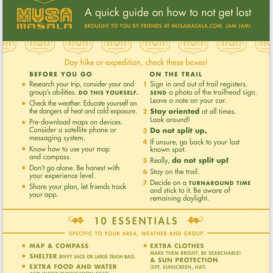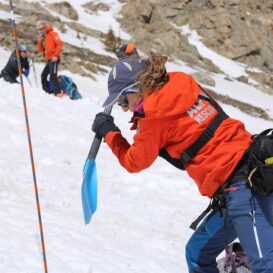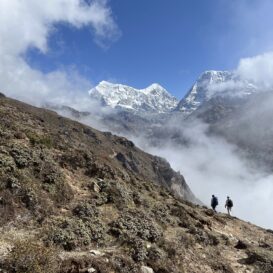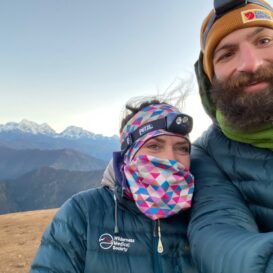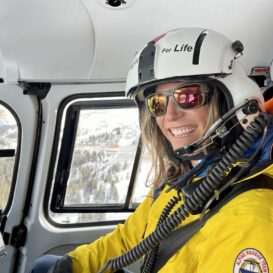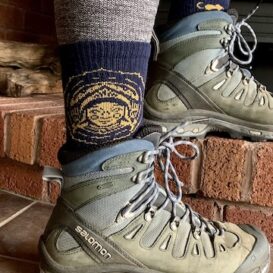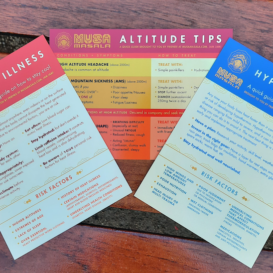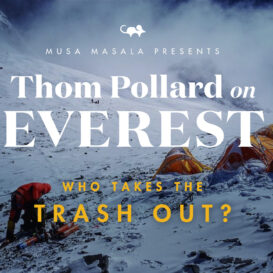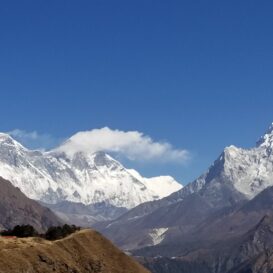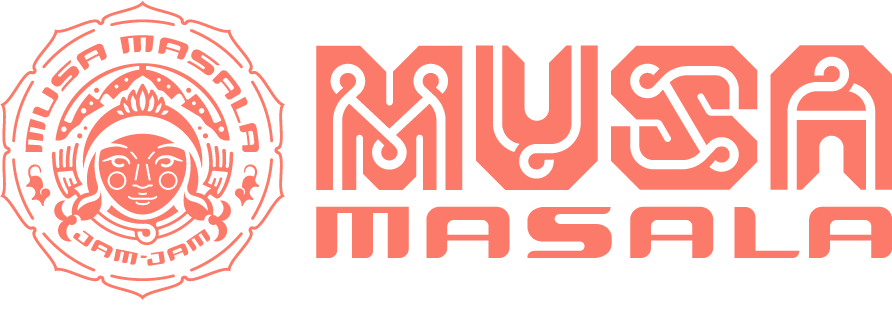We are so excited to have Mykel Hawke work with us on on our SAR and safety series with this awesome article on survival kits. Mykel Hawke is well known in the survival and preparedness world for his television series on the Discovery Channel, “Man, Women, Wild,” and “One Man Army.” Mykel is the author of several books. One of them, “Foraging for Survival” written with Douglas Boudreau, is a favorite at Musa Masala and appears on our recommended books list. He has written several books on wilderness survival, as well as “The Quick and Dirty Guide to Learning Languages Fast.”
Mykel is a former Special Forces Green Beret officer. He retired from the army as a Captain after originally joining as an enlisted man, rising to Sergeant First Class before taking a commission to become an officer. Mykel is also a paramedic and deputy sheriff. He has seen it, done it and written about it — and now he is teaching us how to survive it. Musa Masala is proud to have Mykel here to help keep us and you outta trouble. Jam Jam, Mykel!!

Sometimes, things go wrong. When they do, how you respond can make all the difference. If you are prepared even a little, it can help manage the problem better and resolve it sooner.
In Special Ops, we have a saying: “Better to have and not need, than to need and not have.” I say the day you don’t have it is the day you need it. So, having a survival kit on you at all times means that most likely, you’ll never need it. There are no downsides to having a kit on you, but the size and type can be impactful, as most folks don’t have the space to have a full blown survival bag filled with everything they could possibly need. So we’re going to take a look at some smarter ways to travel safer.
Firstly, let’s talk about different kinds of kits. I recommend that folks carry a mini survival kit in their purse, briefcase or backpack every single day without fail. If you frequently use a vehicle, plane or boat, be sure to have one in whatever your mode of transport is. And if you have a regular destination like the office or a cabin, keep a full blown kit there as well as at home. Tailor your kit to the number of people under your care and the special needs of those people, such as elderly, children and pets.

These can be small sizes that fit in a small ziplock or mint box, a larger satchel or container, right on up to a full back pack.

Next, you need to consider what your contents should be. I teach that there are 8 basic pillars of survival. The 4 primary pillars are what everyone needs all the time: Food, Water, Fire and Shelter. But the 4 secondary are usually equally as important and often are completely overlooked.
The secondary pillars are Communications (also called Signals) Navigation (often hand in hand with movement by any means, but usually by foot), Medicine (which includes both illness and injury needs) and Security (which includes, tools for safety such as knives, weapons, alarms and devices to help protect, defend or hunt, fish and/or trap if needed to survive).
Here are some packing ideas to consider:
FOOD: Jerky, Power Bars, MRE’s, Vitamins, Dried Foods
WATER: Durable bottle, Purification Tablets, Mechanical Filters
FIRE: Lighter, Matches, Tinder, Fire Starters, Mag Bar, Ferro Rod
SHELTER: Tiny Tent, Bivvy Sac, Large Trash bag, Space Blanket
NAVIGATION: GPS, Spot, Beacon Transponder, Map, Compass
COMMUNICATION: Phone, Radio, Mirror, Whistle, Flashlight
SECURITY: Knife, Gun, Tools, Alarms, Trip String, Pepper Spray
MEDICINE: Dressings for Trauma & Medications for Illnesses
Lastly, it’s important to note that a medical kit is another form of survival kit and as such, I recommend making one of each. For all of these, you’ll also need to consider your skills and situation. It’s usually thought that the more you know, the less you need and generally, that holds true. However, even a pro like myself likes to have what I need when I need it, so I always have my 2 kits: Survival & Medical, in 3 layers, Personal (on me) Mobile (in my transport) and Stationary (where is my main base or regular destination) Each reflects in size and content what I need to take care of myself and my loved ones in any exigency, meaning an urgent situation.
(Stay tuned for future posts about medical kits.)
I’ve made many kits over the years, for FEMA, State Department, Combat Search & Rescue, as well as for friends and family. These are fun projects to take on and share with loved ones. Take some time to research your needs and make what you need, but also play with them, use them and refresh annually.
For more information, visit www.mykelhawke.com and survivalhomesandgardens.com.
Follow Myke on Instagram: @mrmykelhawke and Facebook: @MykelHawke

